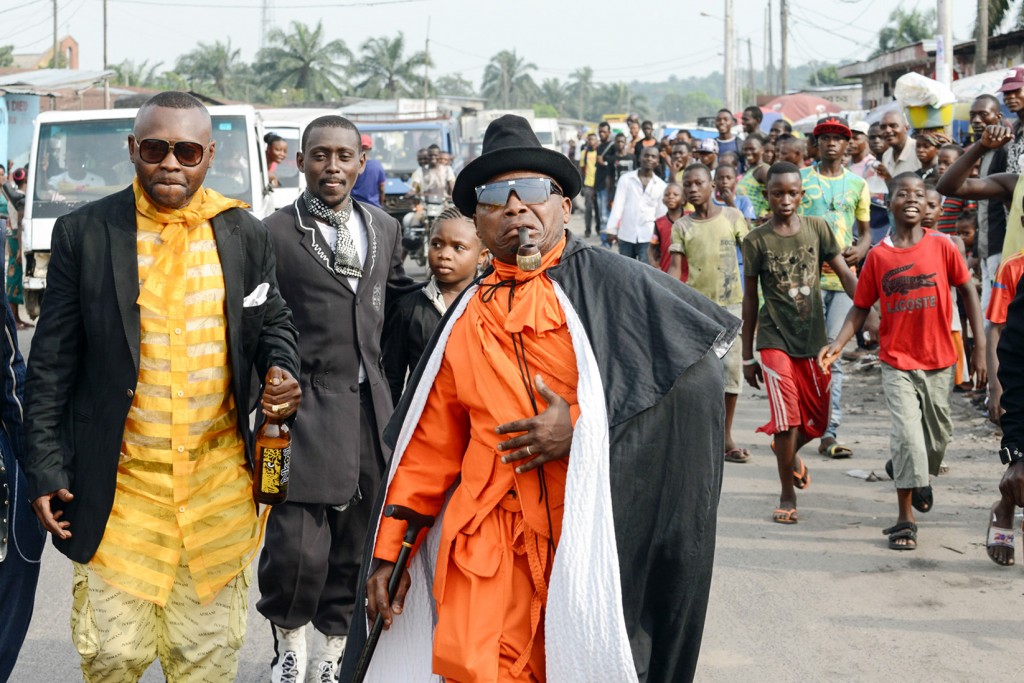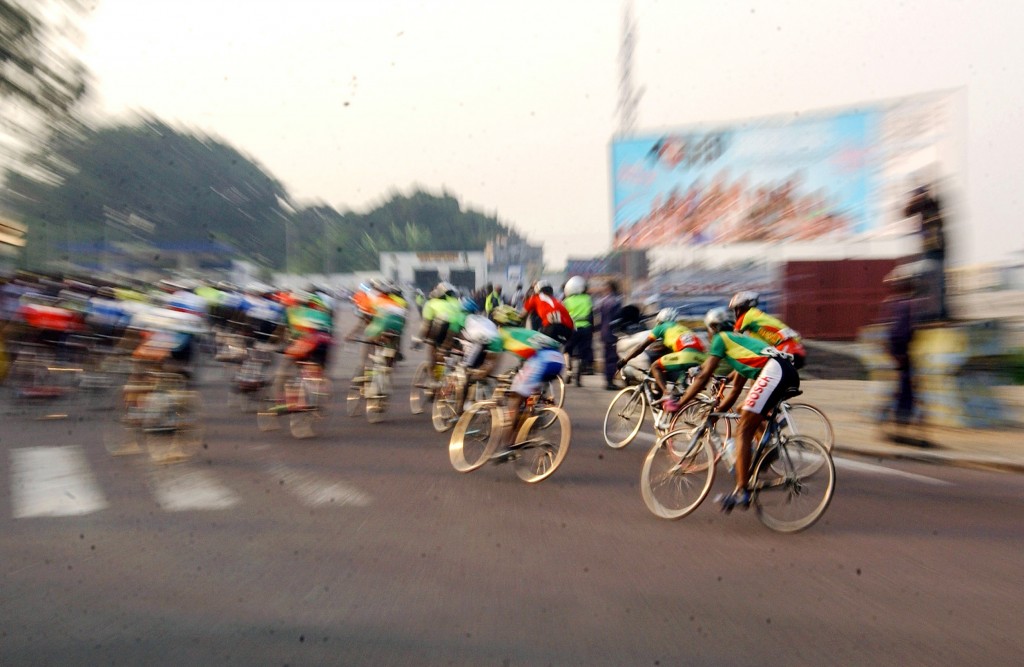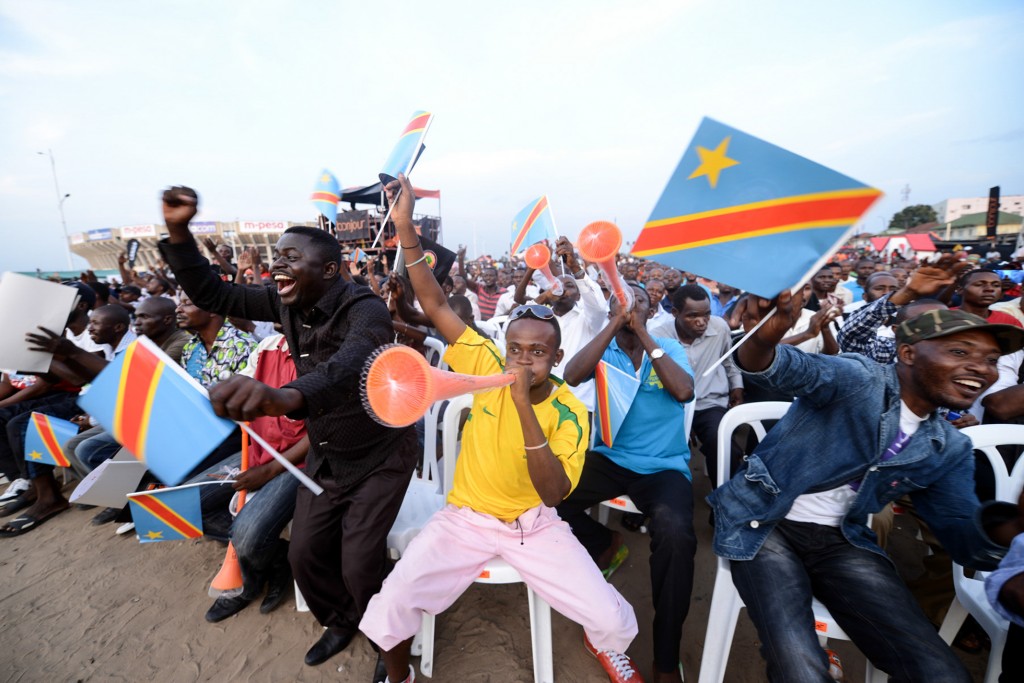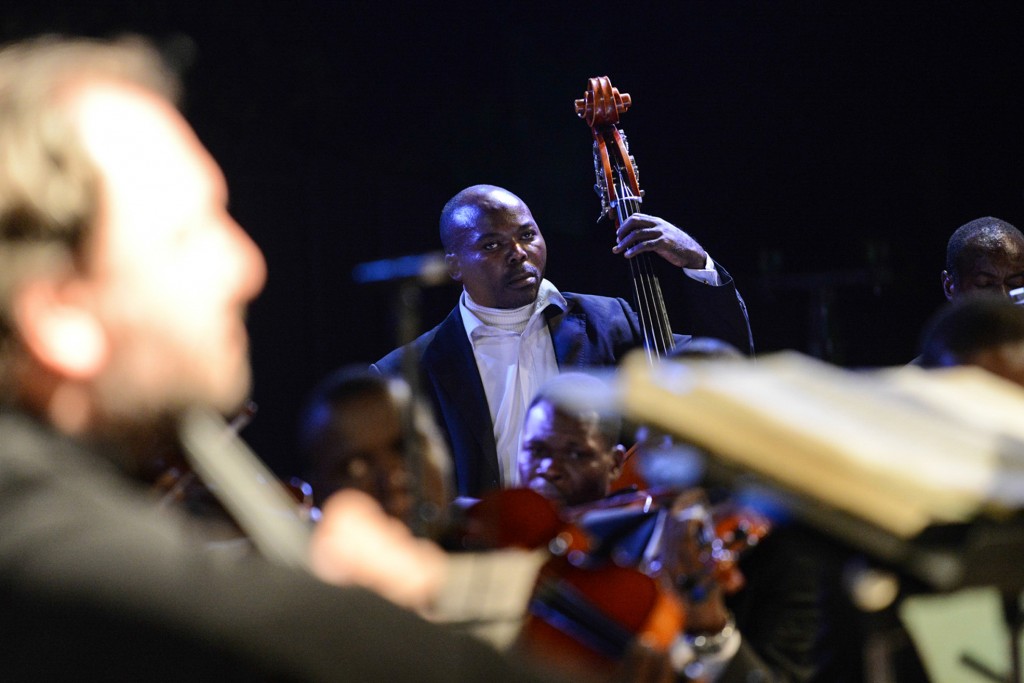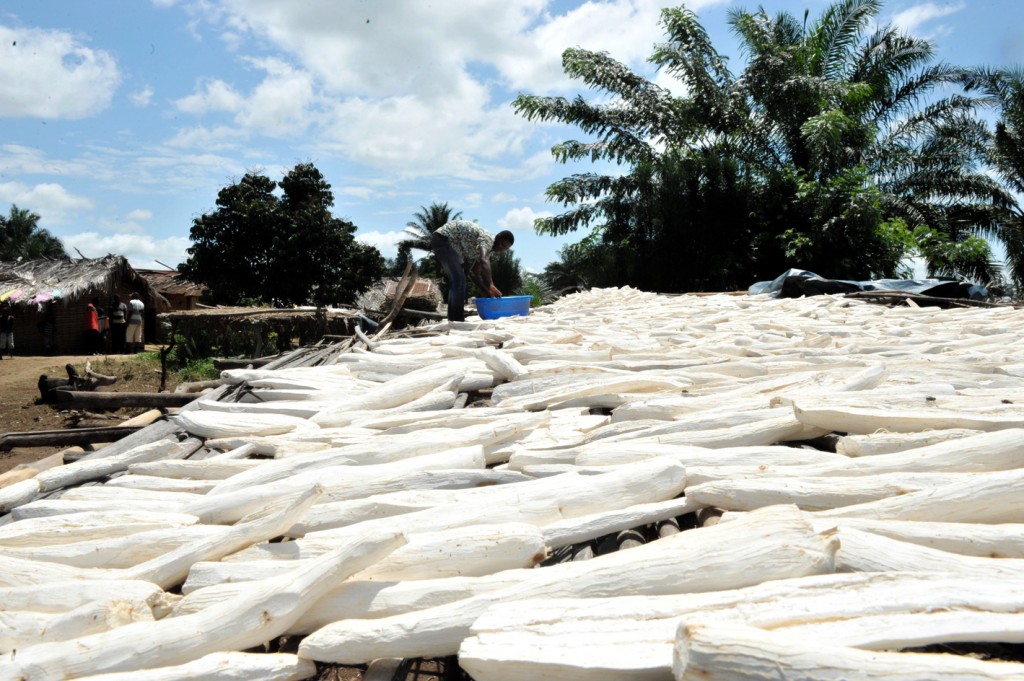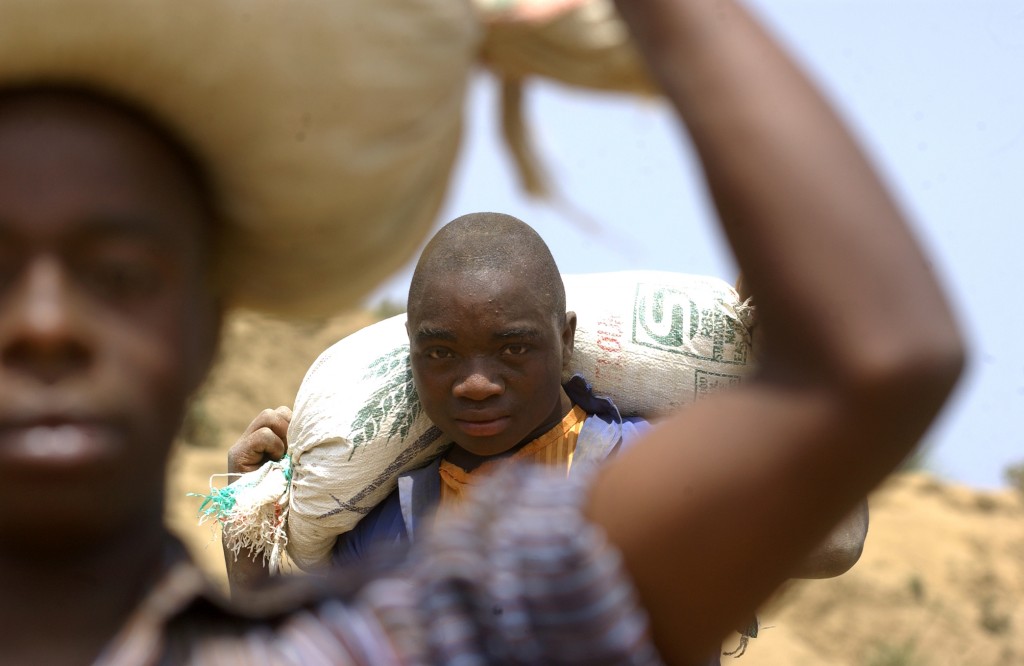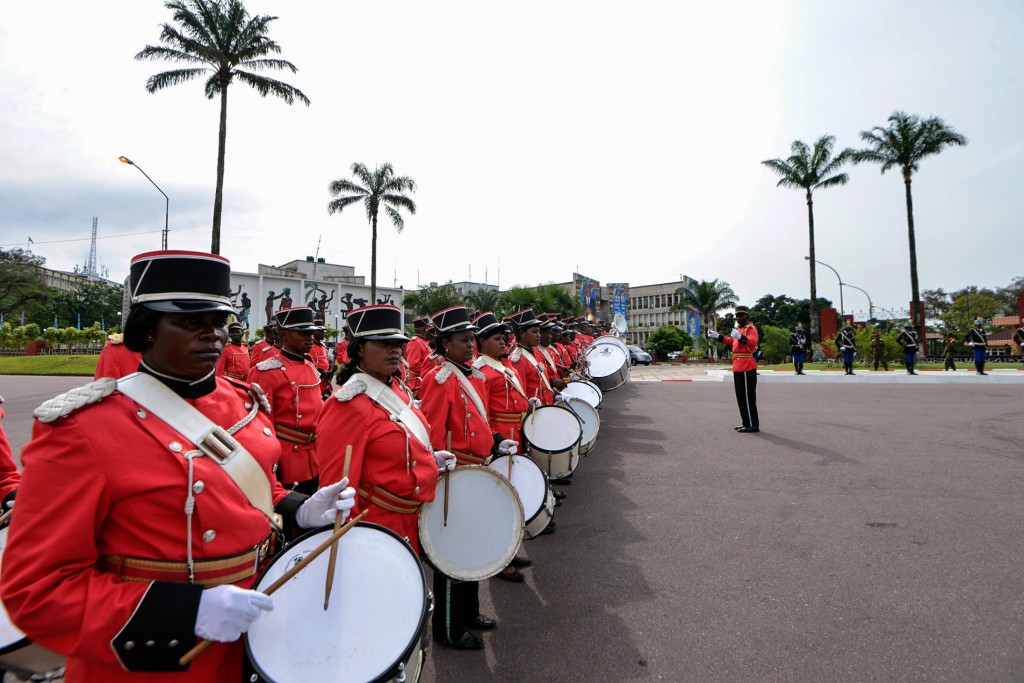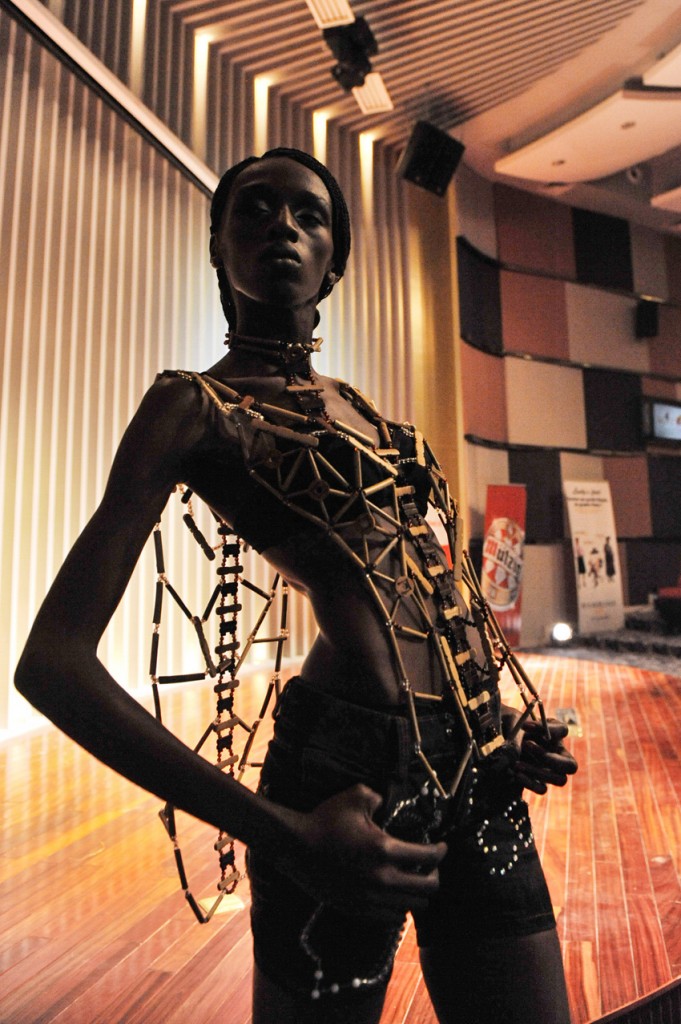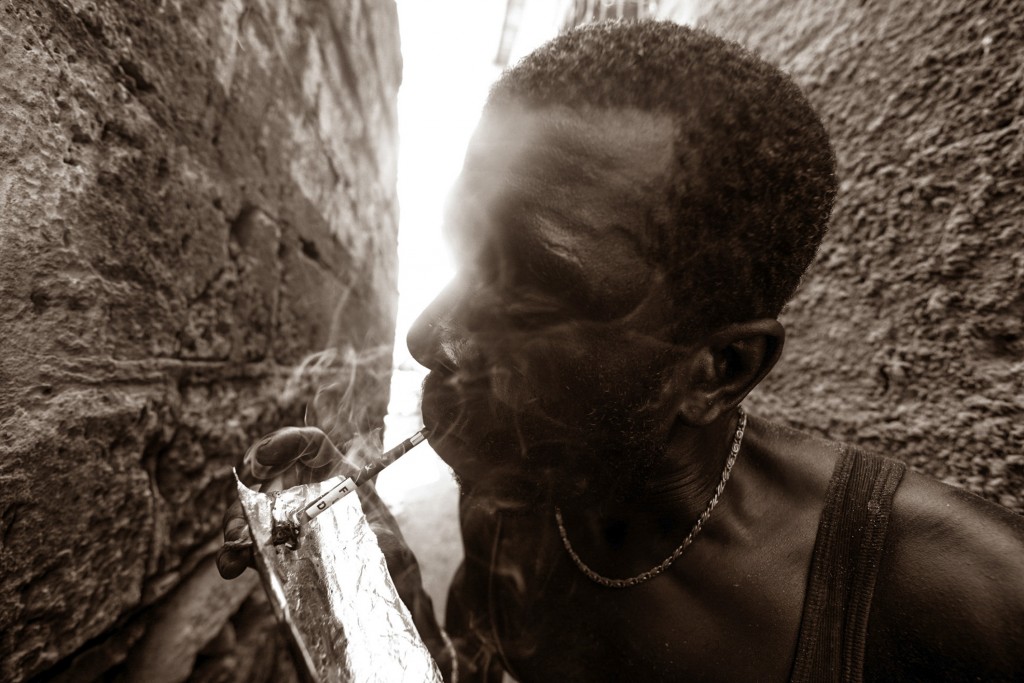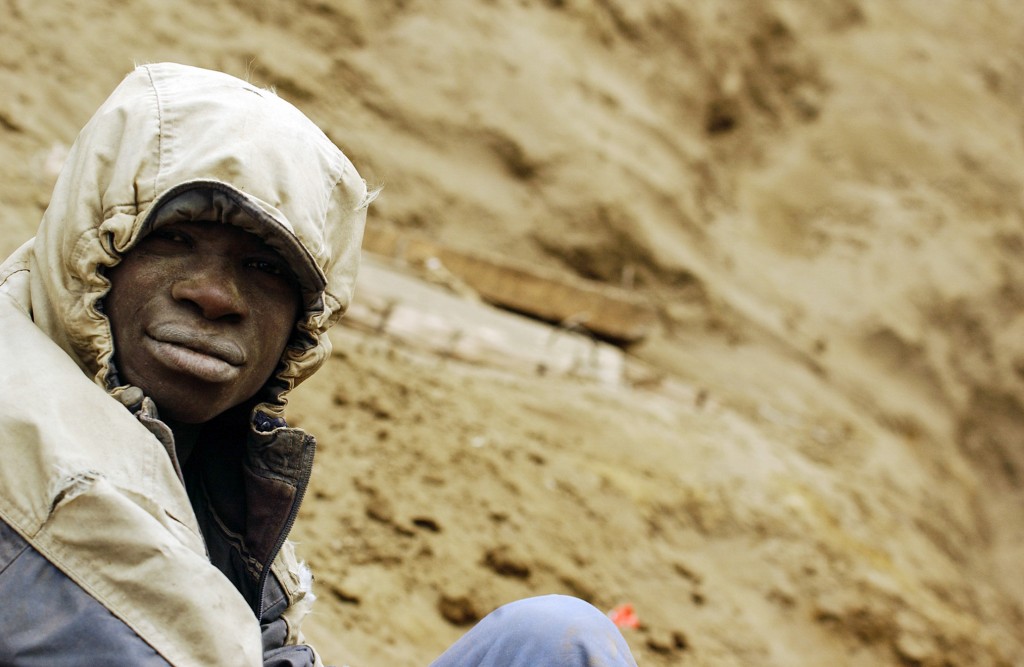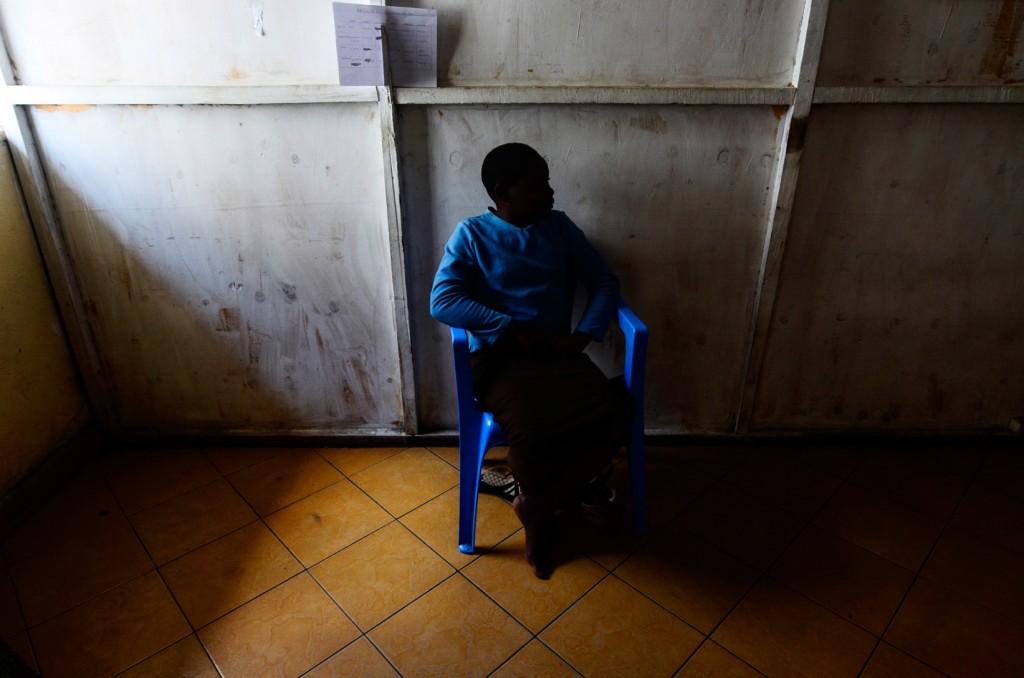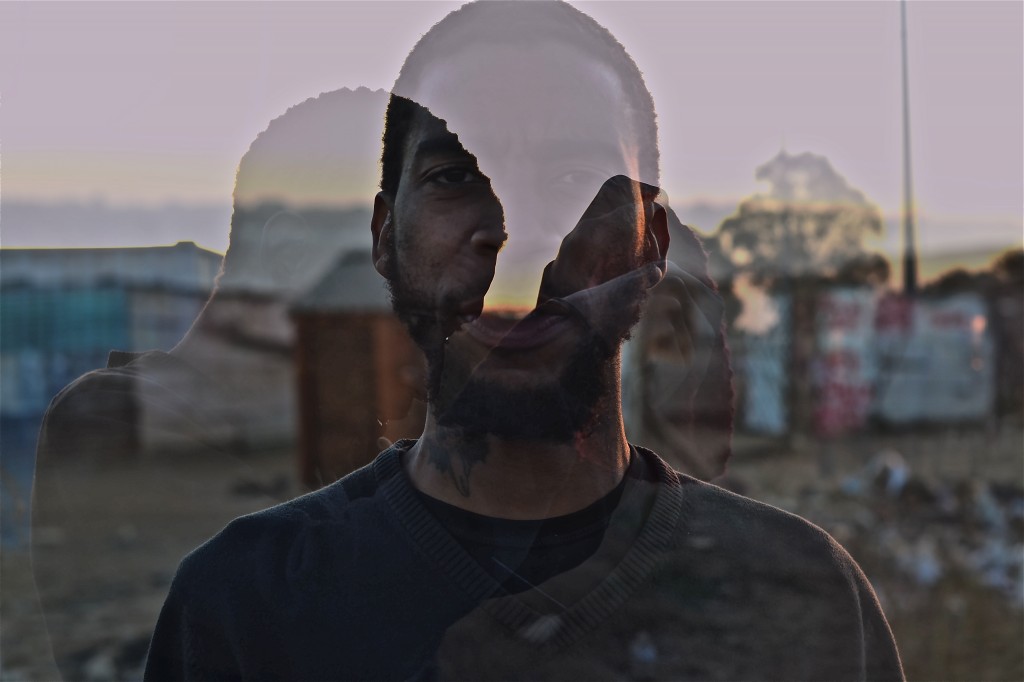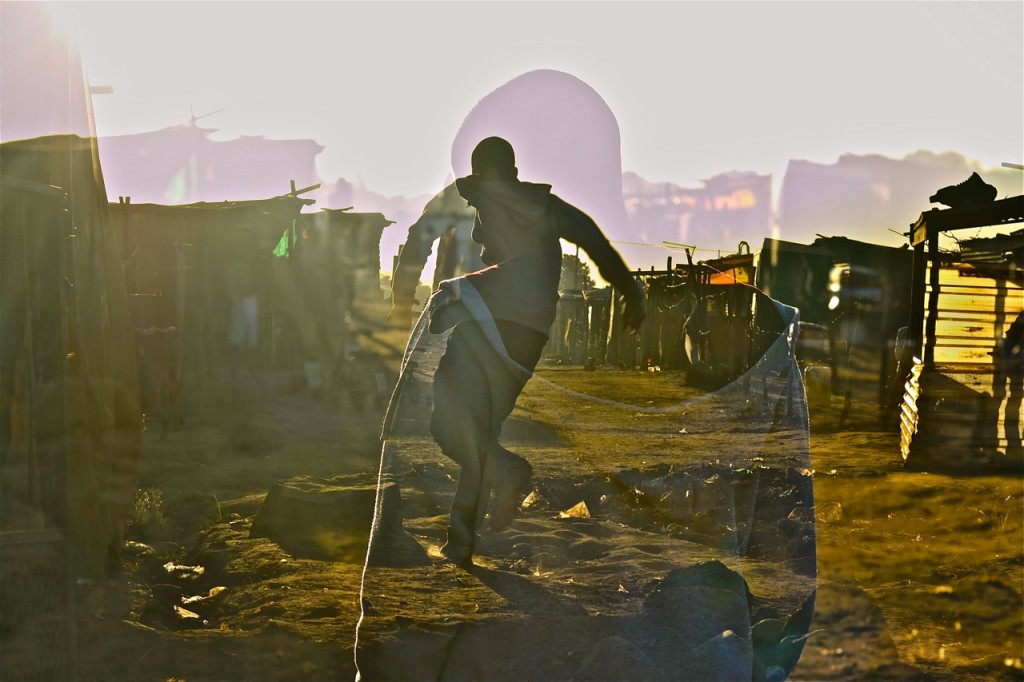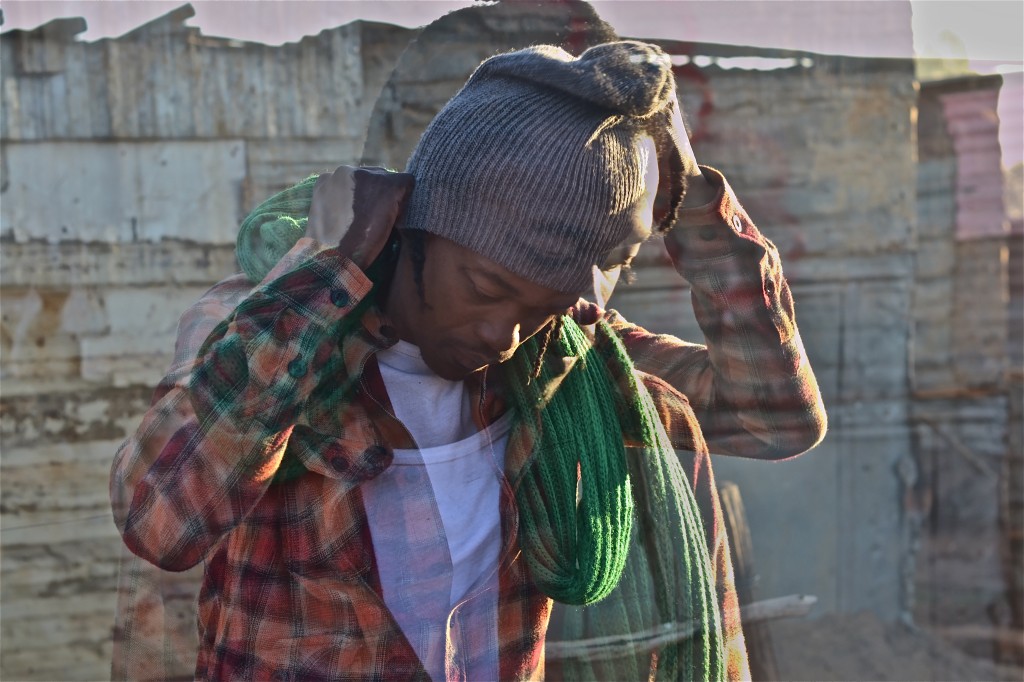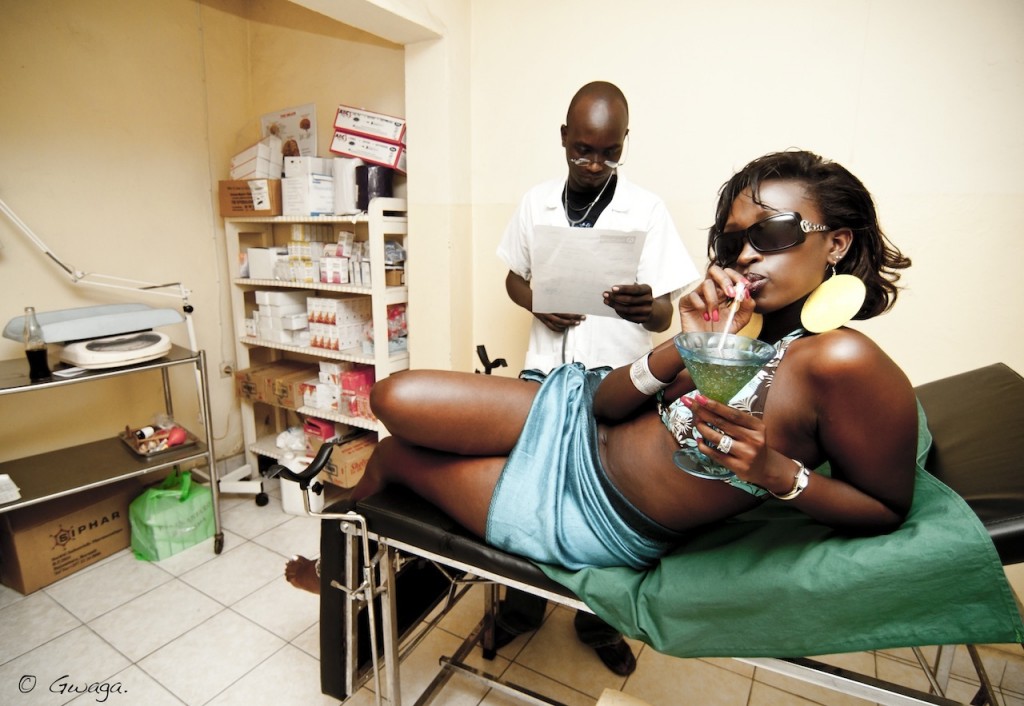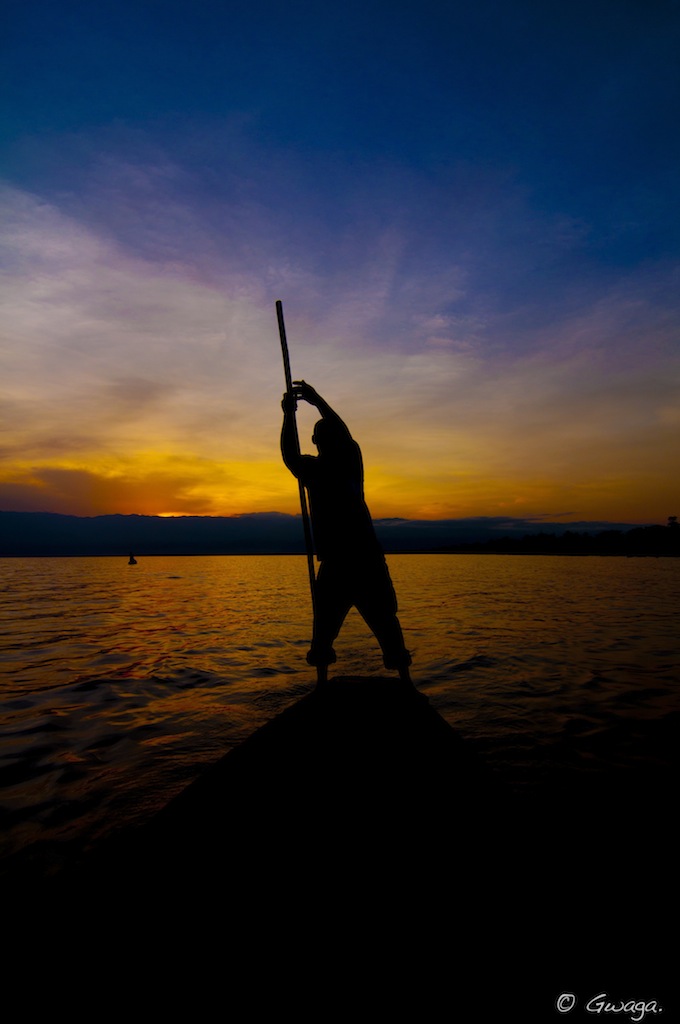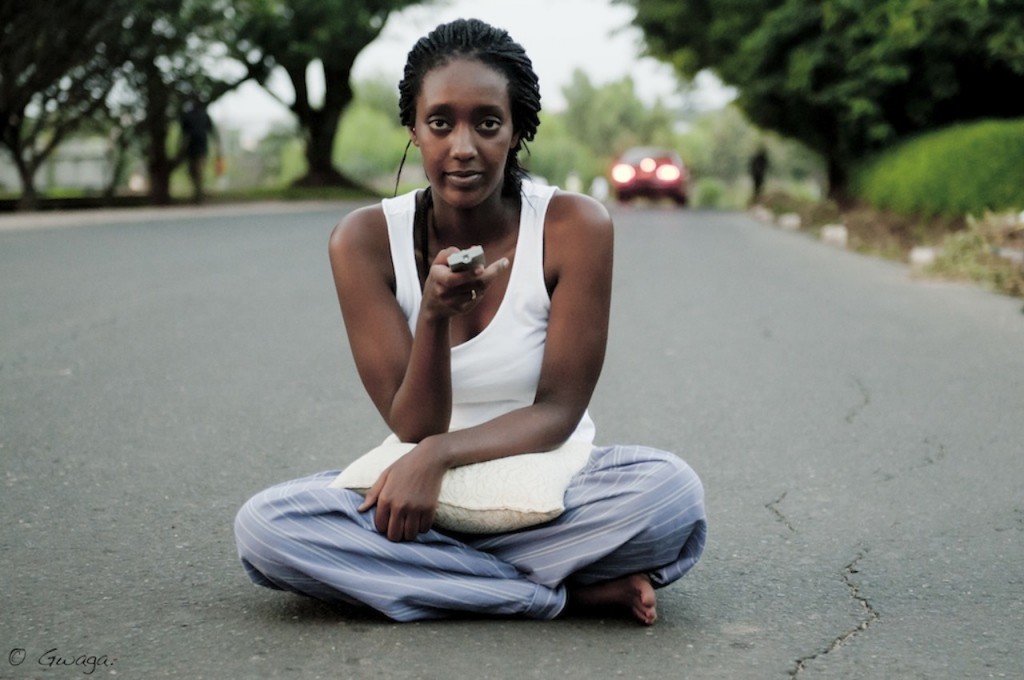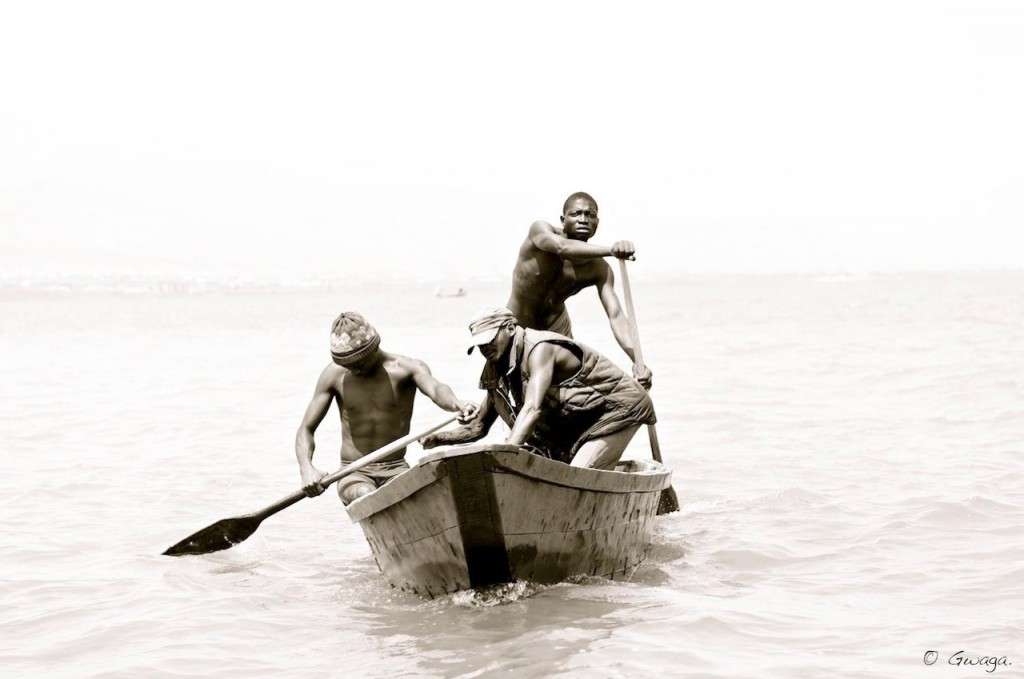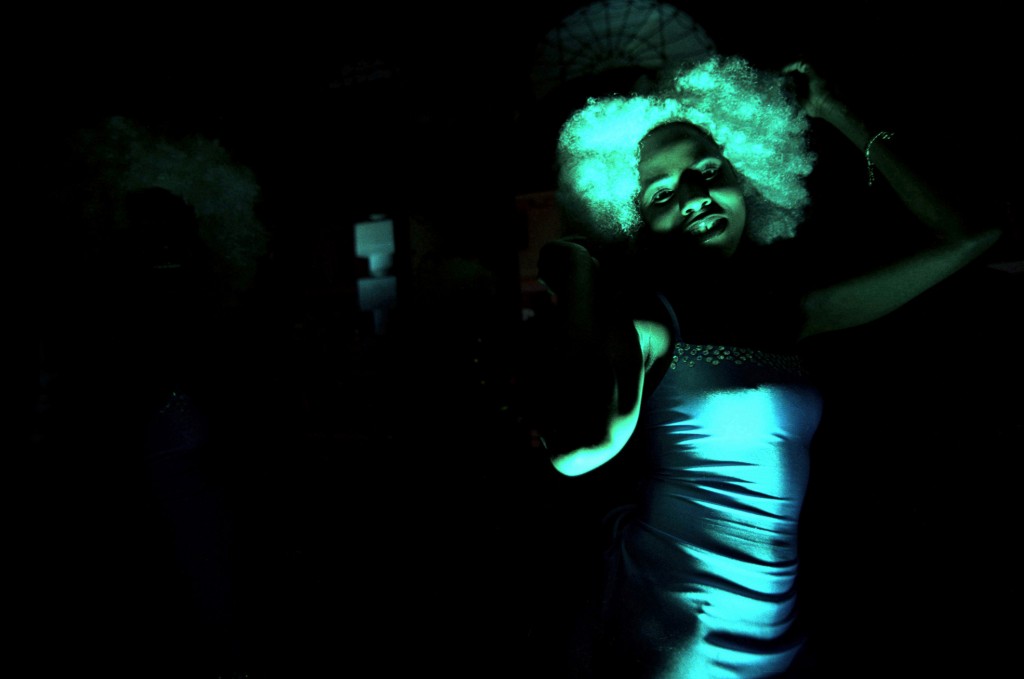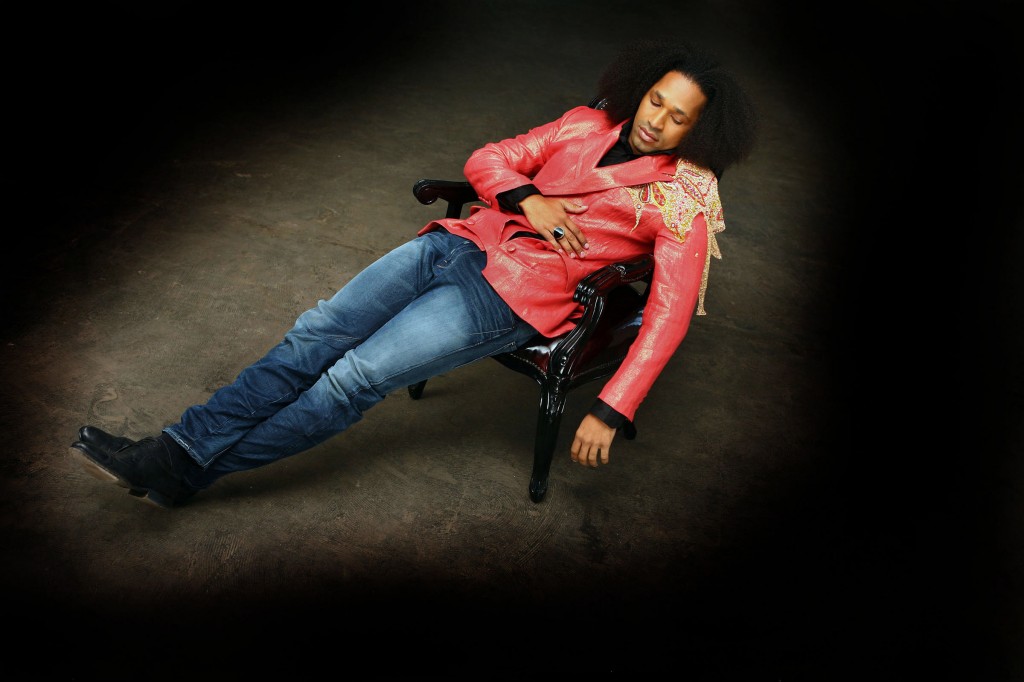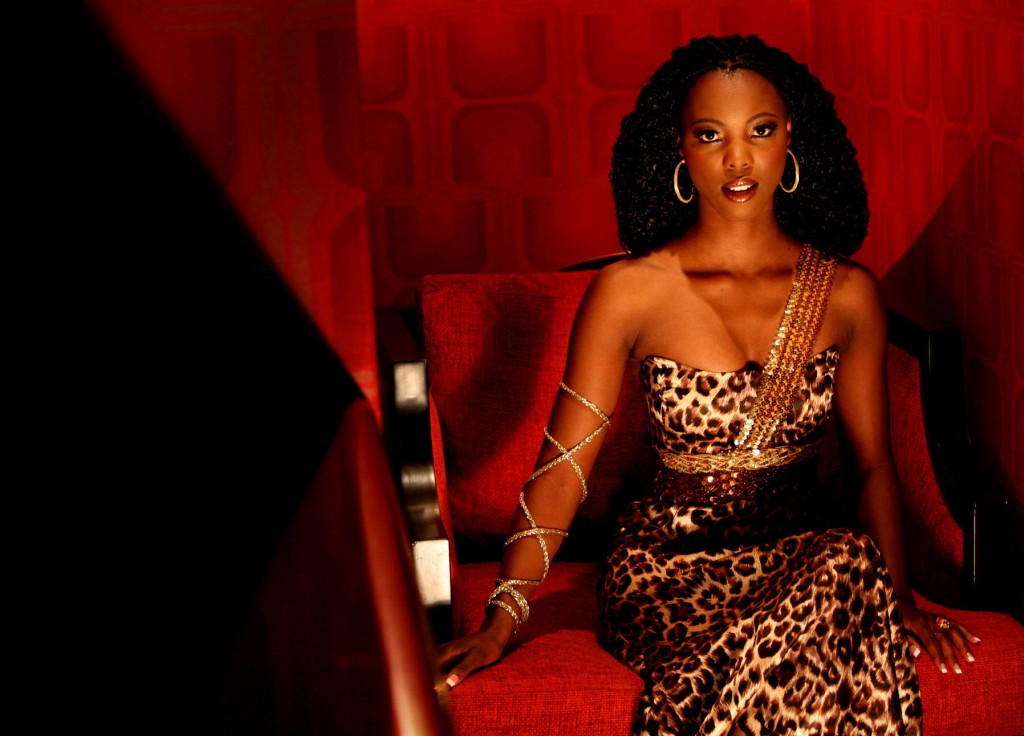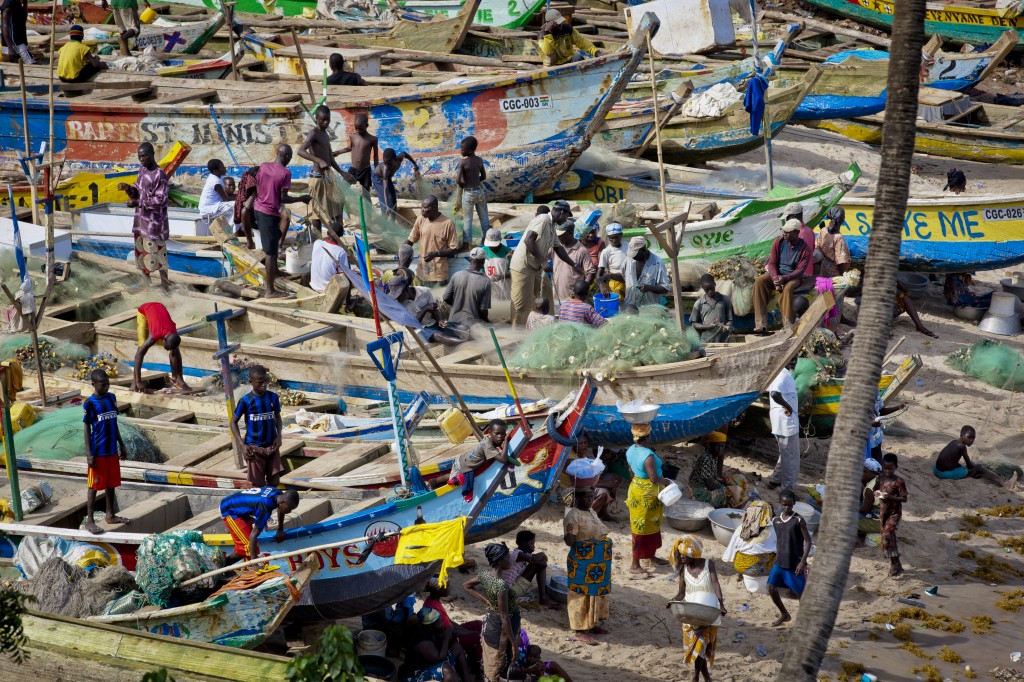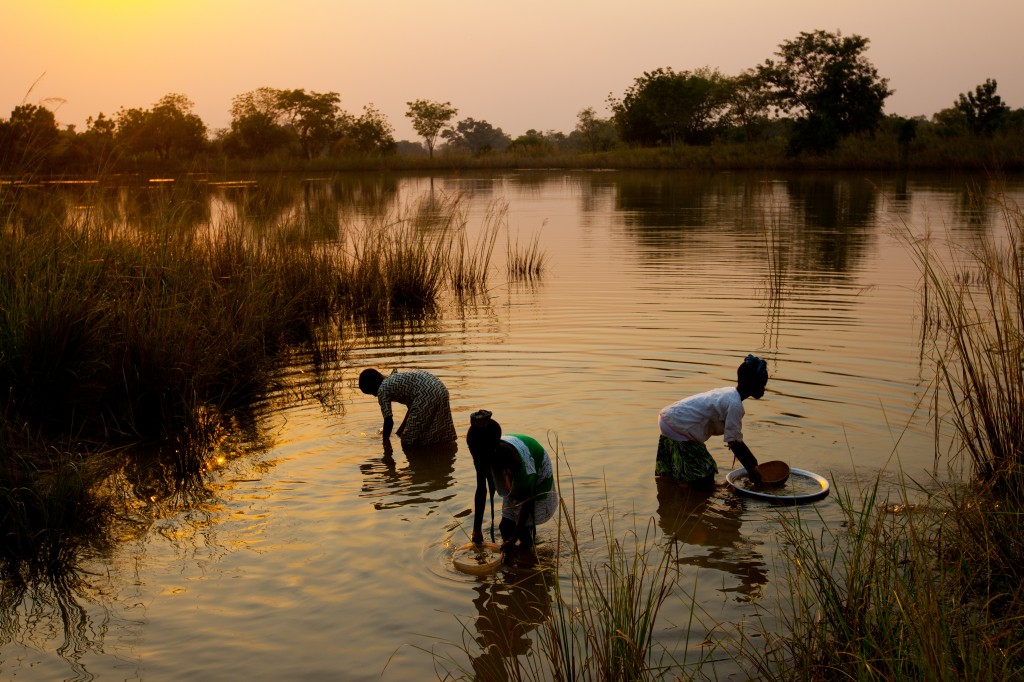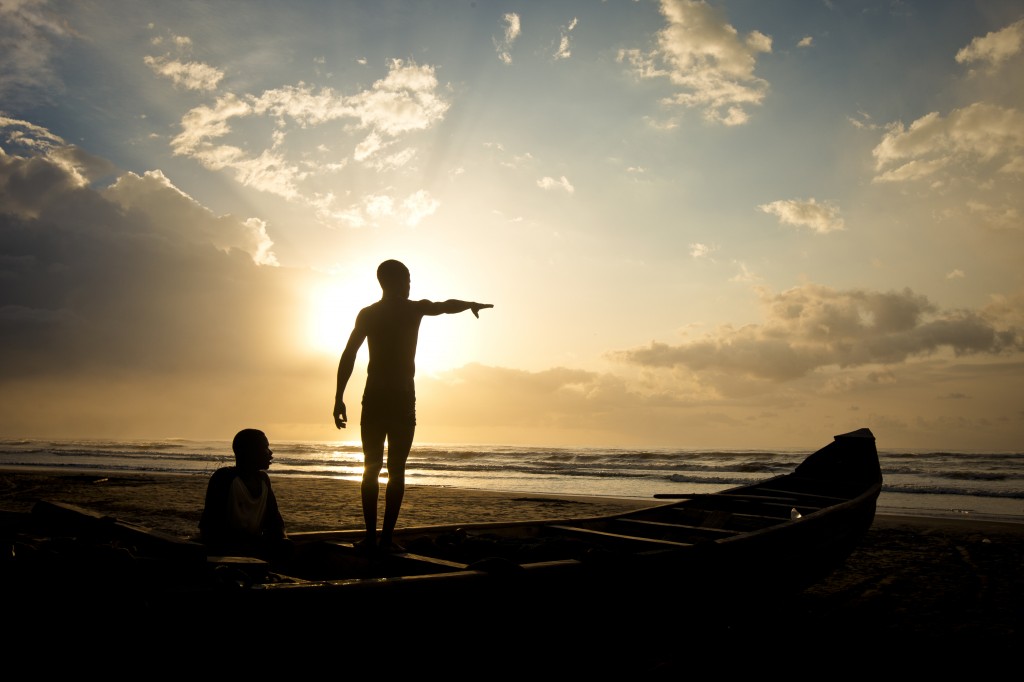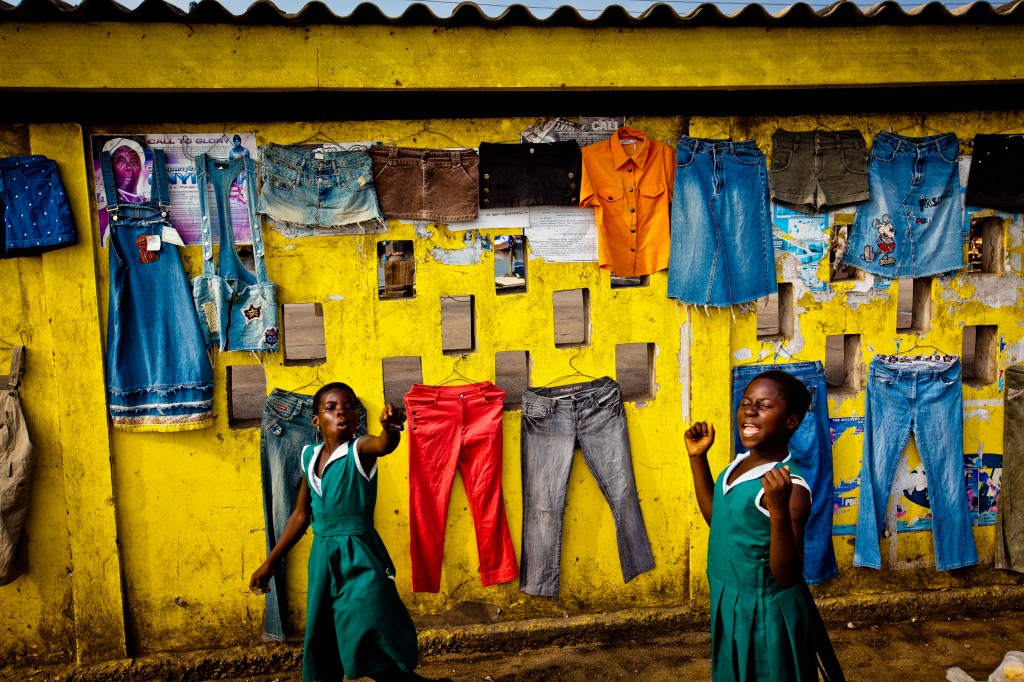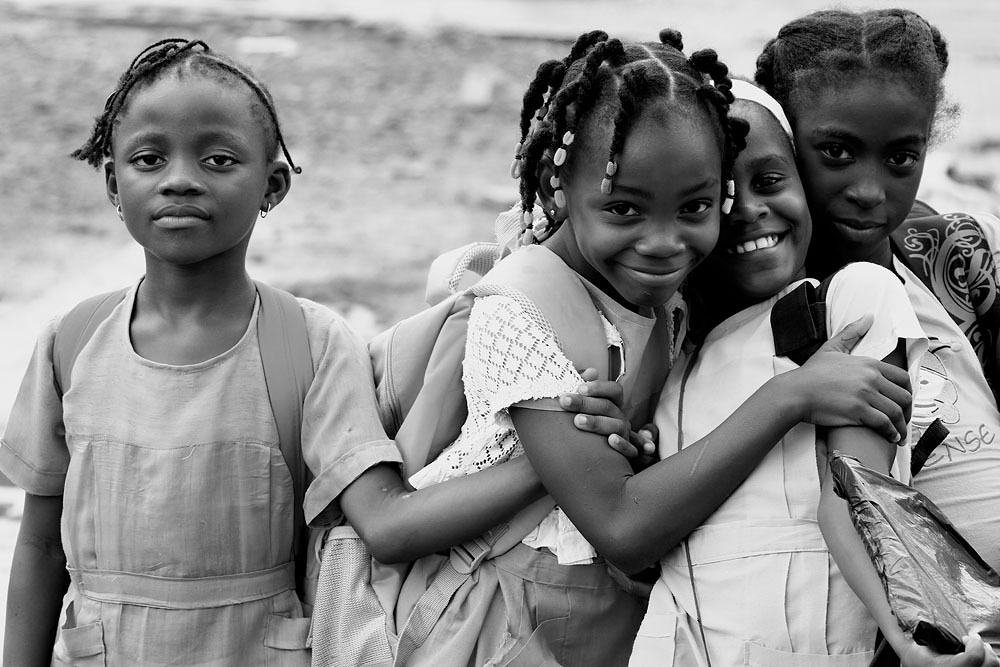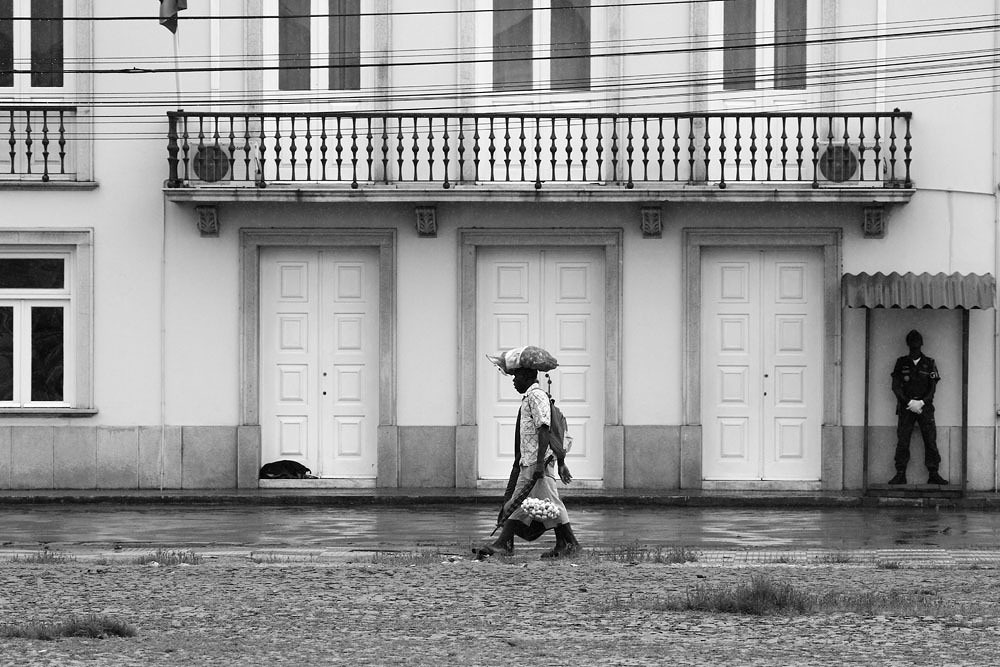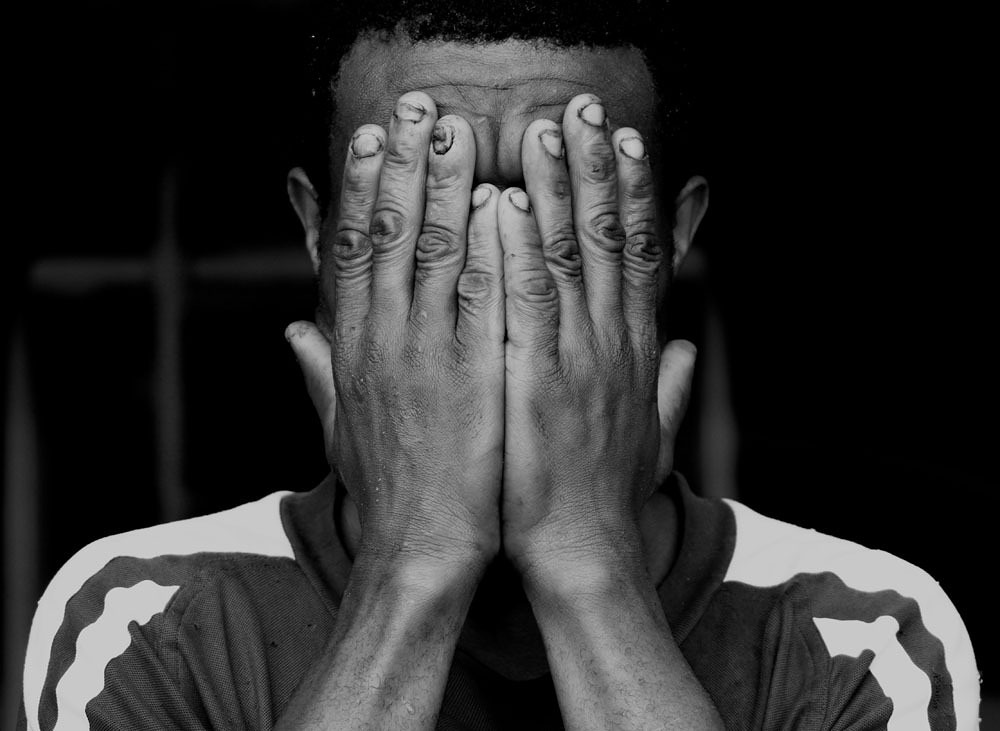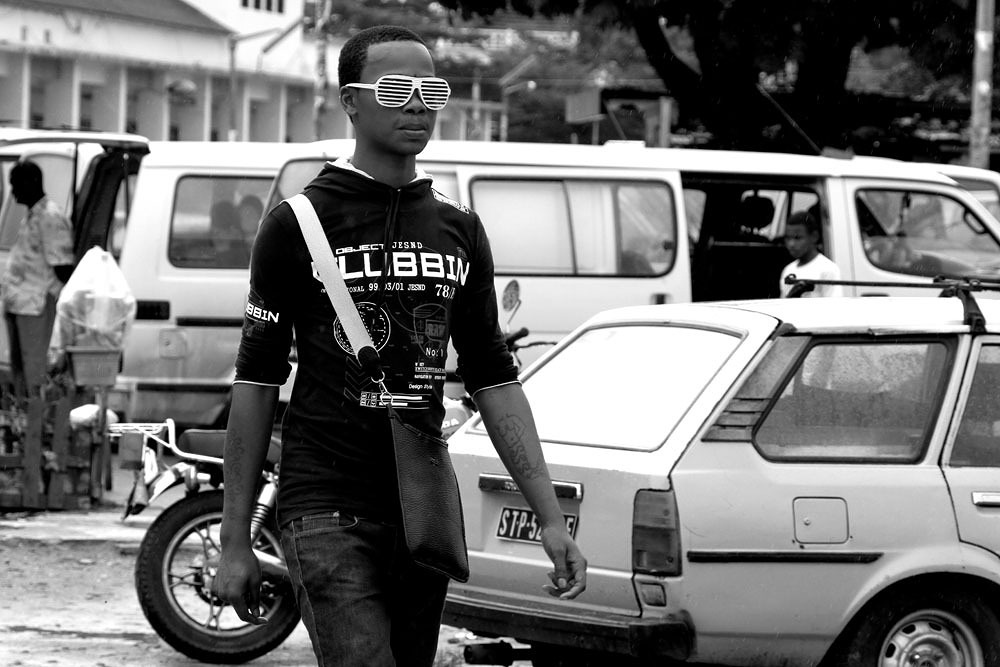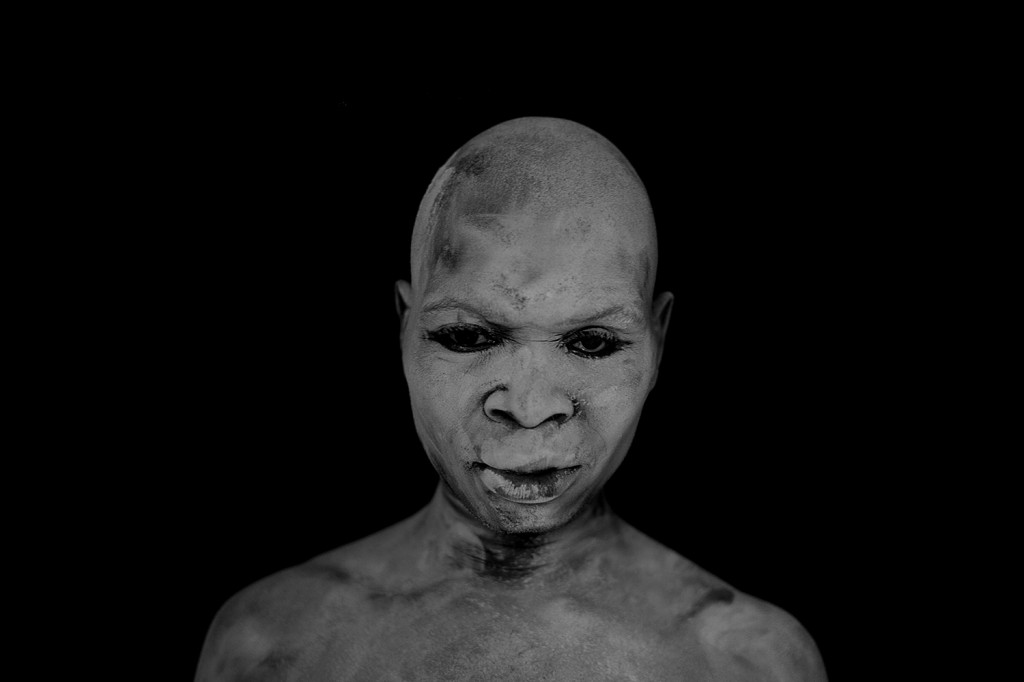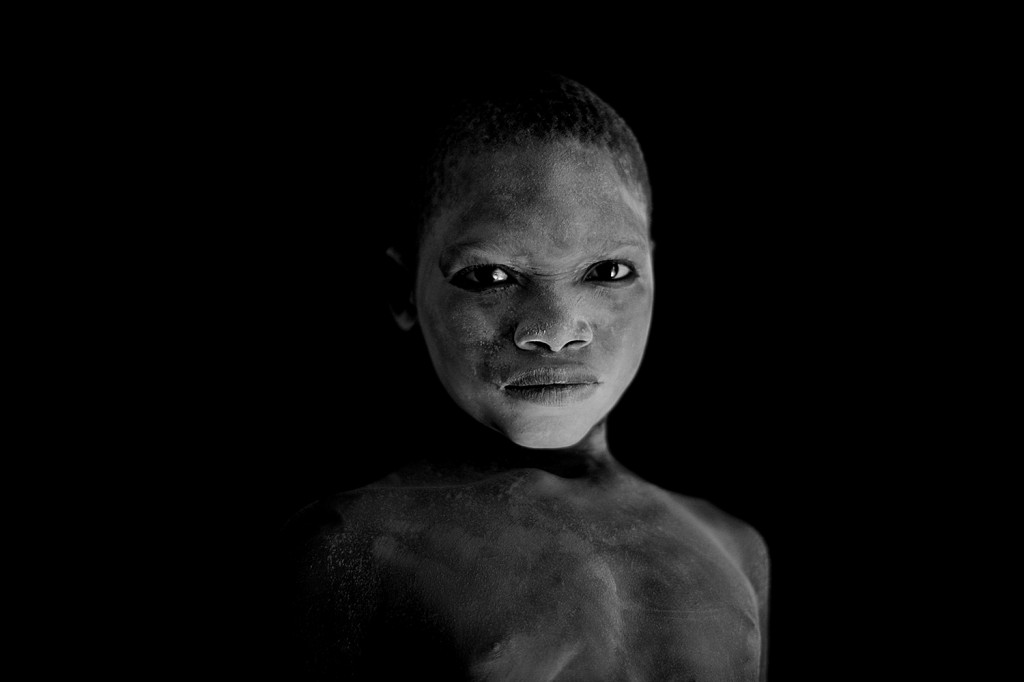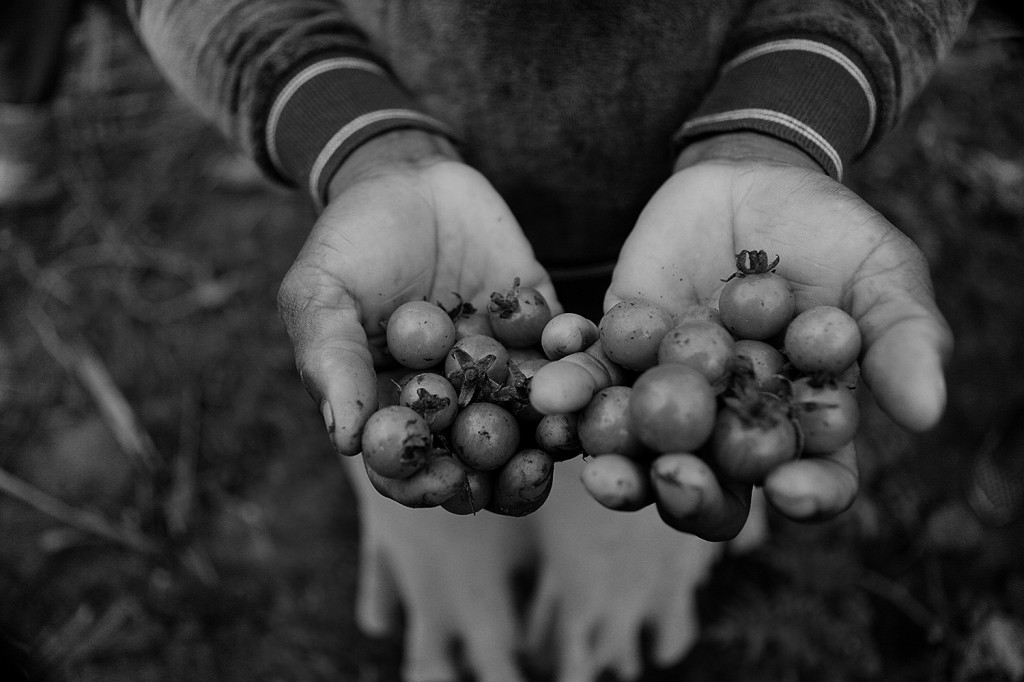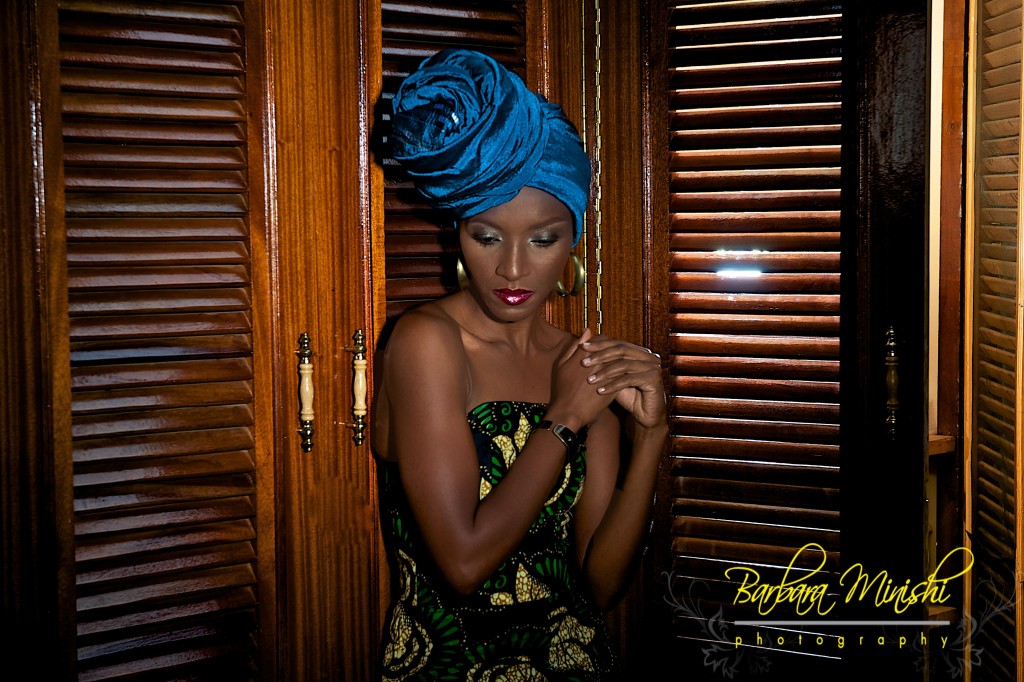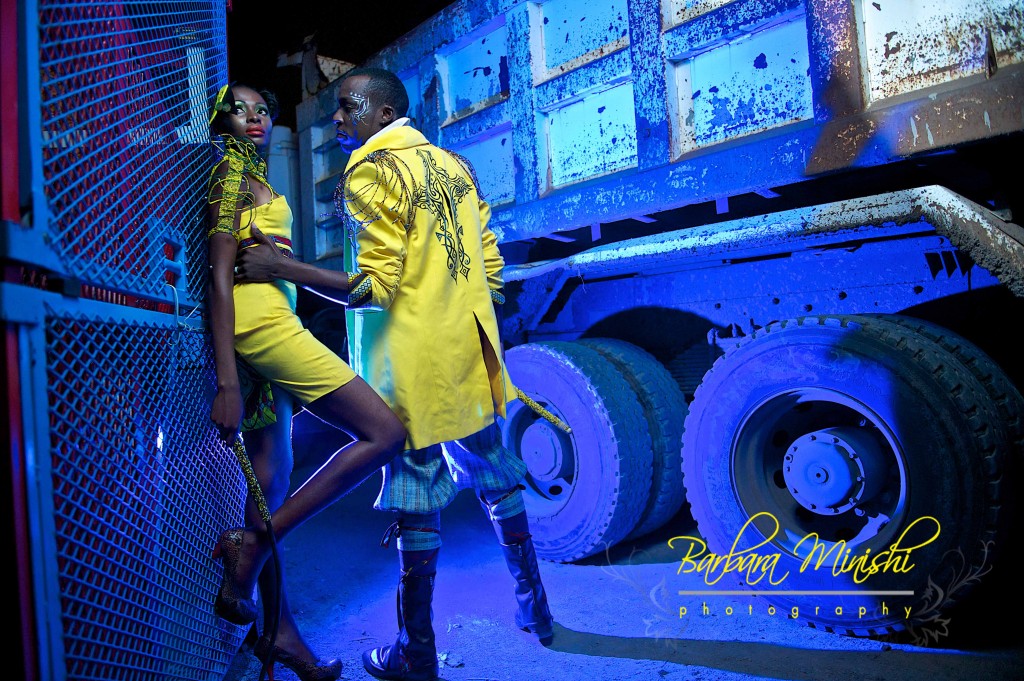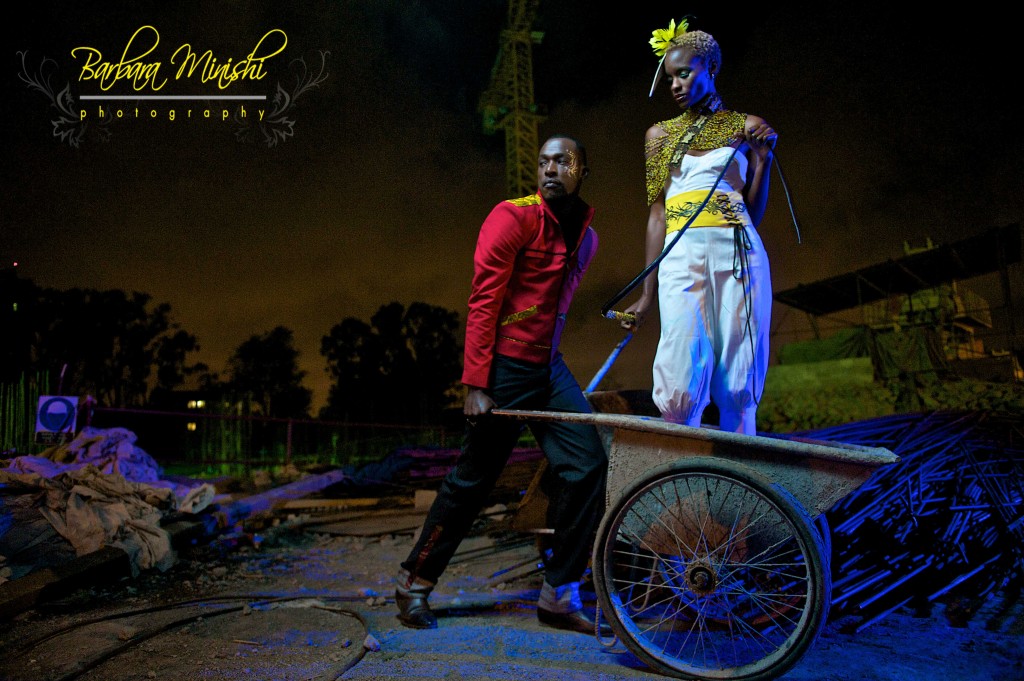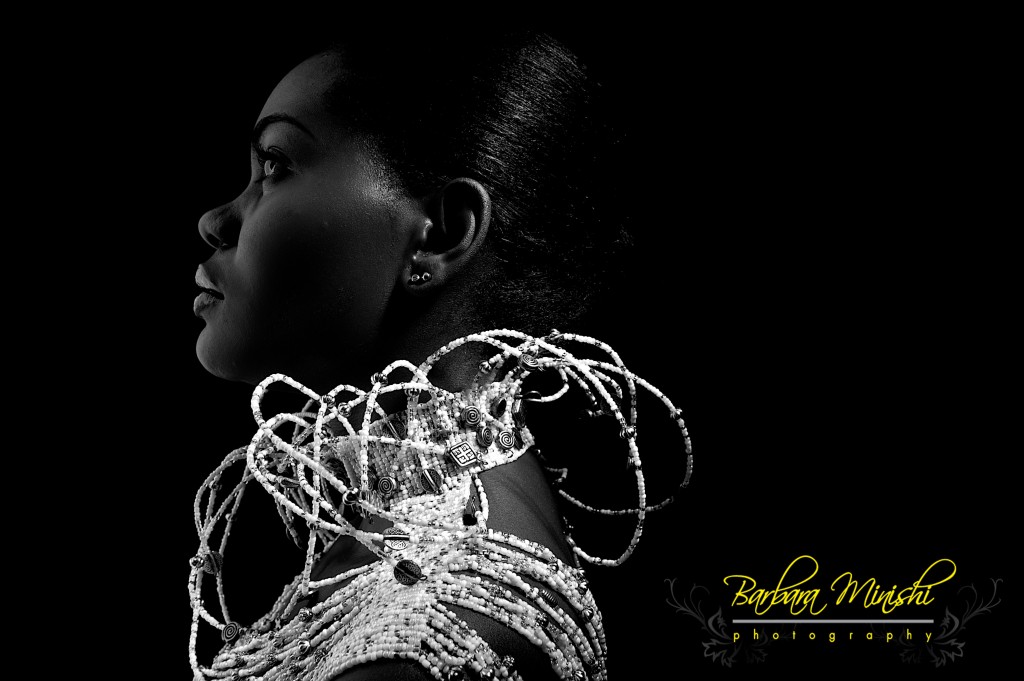Objectivity and discernment in portraying Africa
African photography is on the rise. From street, conceptual and documentary to fashion photography, homegrown photographers are increasingly showing the world what they see through their lens following decades of photographic misrepresentation by observers from outside the continent. This is Africa spotlights them in a series of interviews.
‚I want to defy the notion of changing times and cultures with photographs. While observing my fellow Africans during my fieldwork I go further than just registering, but want to put some artistic feel in my work.’ Junior Diatezua Kannah from the DRC gives the life of his subjects a luminous spirit that is rarely seen in news photography. He works as a freelancer with Agence France-Presse (AFP) since 2007, next to shooting his country for many other international magazines such as Jeune Africa and Forbes. ‚With my images I want to not only pass on information, but also educate and prevent certain things from happening again. It sometimes happens that I shoot the most horrible scenes because they occur in specific parts of the DRC, but actually are a mirror for other conflict situations around the glove. My point of view is universal as well as local.’
AFP
Kannah learned the art of photography in his job at Fujifilm, checking thousands of photos a day for clients, most of whom were photographers. He found out which image corresponded with which photographer and started recognising compositions, lights, depth of field etcetera. ‚In my spare time I looked at the images like paintings; only one or two percent of the images were interesting enough though, but it made me passionate about photography. A year after I left I became a photographer myself, kicking off with a story about a plane crash for the AFP with a cheap camera.’ He got some basic photojournalism tips from the English photographer Lionel Healing and departed from there. He visited dangerous areas torn apart by strive, but always aims at showing these regions in it’s purest form. ‚I know these regions and lived through the same situations, so it’s my duty to paint a respectful picture.’
Mirroring behaviour
‚Africa is a continent victimised by propaganda, disrupting it’s development. Changes don’t come instantaneous, but take time. Therefore I’m motivated by the fact that each story, everything new, can bring change for the future’, Kannah explains. ‚By mirroring the behaviour of my fellow Africans against my own I try to search for consistency. I work in that introspective way to create an effect of insight. That way I can make references to the troubled history of Africa and the DRC and it’s hopefully positive future.’ The result is photography that is never faked or forged; Kannah loves the raw state of his images.
Informative
However, in his journalistic work for AFP there is always a certain degree of discernment, so he tries to show the situation as objective as possible and include the most interest for the viewer. ‚It’s hard for me to concentrate on my own, independent work, since AFP asks me to go on assignment on different subjects. There’s no place within their hierarchy for background stories. It’s a different way of working and the images always need to be informative; therefore me personal work takes a long time to complete. But when I have some time left I shoot documentary style photographs of locations that haven’t been shown a lot to the outside world; unknown places of my country.’ In general he tends to work the same way though and stay close to what really happens in the DRC. ‚That way I ensure my audience that when they look at my images – for whoever I shot them – are a realistic illustration of the country. Whether it be through images of the fauna and flora or people like the ‚sapeurs’. I search for consistency in all areas.’
Everyone’s prerogative
The photographer who hasn’t seen his parents since the age of nine is critical about the status of photography in his home country. Even though it’s booming because of the rise of digital cameras and mobile phones it implies that photography is now the prerogative of everyone, according to Kannah. ‚That also means it’s often confused with professional work; which it’s not most of the time. Institutions should protect and guarantee the quality of the profession, but lack the initiative and constant monitoring. Sometimes I find pictures of myself back in newspapers who just picked them of the internet without my consent.’ Local media also don’t have any budget for photography, so in order to support them he offers his images for free, in exchange for a mention of his name.
Just starting
Where in European media and culture photography takes a more prominent place in general and there are legal authorities that protect photographers rights, their colleagues in the DRC miss that. ‚There is a competition element as well, which makes overseas photographers having to constantly improve their work, but in the DRC or other African counties, we must first assert the profession itself and promote our work. It’s clear that our tasks are different. They quality is there, but we lack a solid structure.’ Yet Kannah is actually quite impressed by the work of foreign photographers on his continent, like Phil Moore for example. ‚But I’m meticulous about my own work and very happy that international colleagues congratulate me with my work. In my head it just starts to take shape.’
Read the original article on This is Africa




